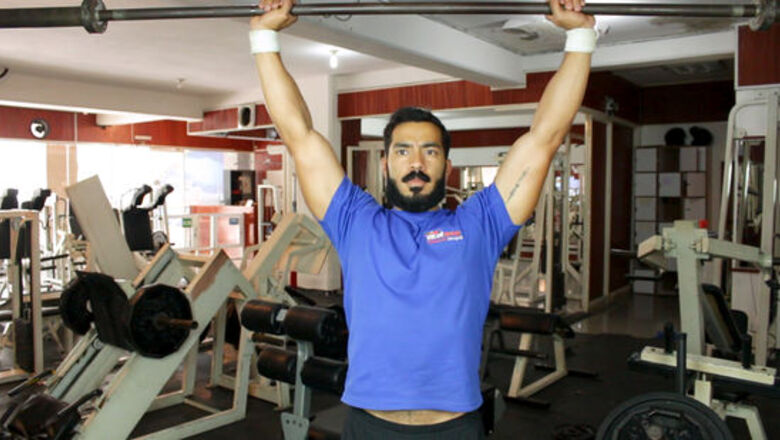
views
X
Research source
Use compound, multi-joint movements to strengthen your deltoids. Focus on overhead pressing motions like dumbbell shoulder presses.
Building Front Deltoids

Perform overhead shoulder presses. This workout is great for your anterior deltoids, and it is often considered the most effective exercise for building shoulder muscles. You can use a barbell, a pair of dumbbells, or a shoulder press machine. Barbells are more effective for "maxing out" with a heavy load, meaning that you can lift more. Dumbbells require more coordination to lift, however, and they can help keep you from perpetuating strength imbalances between your shoulders.

Enter the starting position. This exercise is best done when standing. Hold the barbell or dumbbells with a palm-forward grip, slightly wider than your shoulders. Hold the weight in front of your head, just above shoulder level. You can do this exercise while seated, although the seated version does not exercise your core as much. If you've had lower back trouble, stick to the seated version. Sit on a press bench with vertical support for your back. Keep your back straight and your feet firmly planted on the ground.
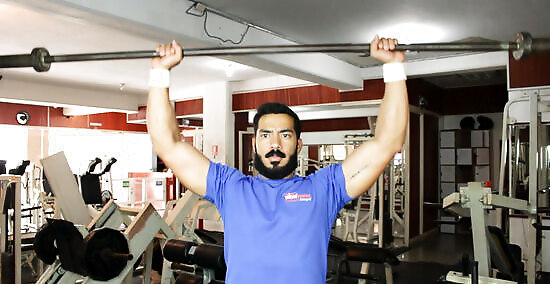
Do the press. In one smooth motion, lift the barbell or dumbbell above your head to the point that your elbows straighten. Hold the weight there for a moment, and then slowly lower it to the starting position. Keep the weights in the resting position for two seconds, and then repeat. Take your time, and pay close attention to form. Make sure that you're not favoring one shoulder over the other.
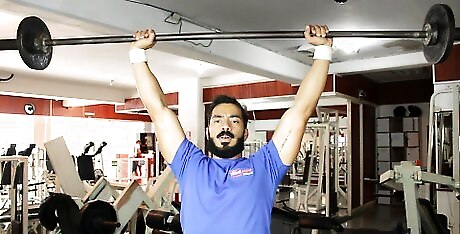
Lift heavy. Shoulder presses build muscle most efficiently as a high-weight, low-repetition activity. Begin with 2-4 sets of 4-8 reps each.
Developing Lateral Deltoids
Do lateral raises. Start in a standing position, arms hanging at your sides, holding one dumbbell in each hand. Lift your arms straight out from your sides until they are parallel to the floor. Bend your elbow, slightly, and tilt your hands forward as if you are pouring a drink. Hold the dumbbells at arms' length for a moment. Then, slowly lower the weights back to the starting position. Exhale when your arms reach the apex of the lift. Then, inhale slowly as you bring your arms back down.

Pace yourself. Try 1-2 sets of 10-12 reps, or 4 sets of 6-10 reps, Give yourself 60-75 seconds to rest between each set. Make sure to lift at a steady pace: one second with your arms down, and two seconds with your arms up. You might want to try doing some article circles or shrugs in between each set.
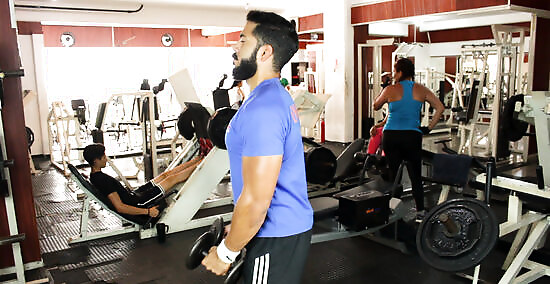
Use good form. Keep your back steady and straight throughout each set. Bend your knees very slightly, and keep your weight centered through your spine. Make sure that your elbows are somewhat bent, but not so much that you remove the pressure from your shoulders. Be careful. Keep your arms straight, and do not overdo the number of reps. It is easy to injure your shoulders with this workout. The routine is best performed while standing, although you can also sit on a bench. Make sure that you can keep your back straight.
Training Rear Deltoids
Try the bent-over dumbbell lateral raise. This workout is similar to the standard lateral raise, except that you are bent over forward. You can perform this routine while standing, or you can sit on a press bench and lean over your knees. Try resting your forehead on the bench or another padded surface to help keep it steady.
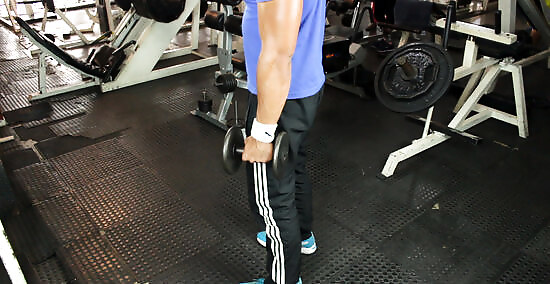
Stand or sit with a dumbbell in each hand. Hold your chest up and keep your back flat. If you are sitting, bend forward over your knees until your forehead nearly touches the bench. If you are standing, then bend forward from your hips to bring your chest parallel with the floor. Let the dumbbells hang beneath your chest. Keep your elbows slightly bent, and let your palms face each other.
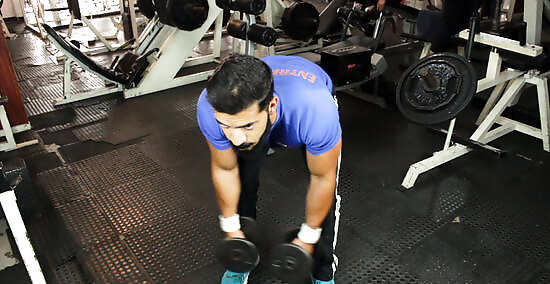
Perform the raise. Lift the dumbbells up and out until your upper arms are nearly parallel to the floor. Raise your arms in a steady arc, and make sure that you are not favoring one over the other. Hold the weights at the top of the arc for a moment before slowly lowering them toward the starting position. Start the next rep just before your arms hang perpendicular to the floor.
Creating a Routine

Lift heavy weights, and focus on steady gains. Try to make small, measurable gains with each workout. When you work out your shoulders, lift heavy, and stick to 4-7 reps per set. Increase either the weight or the rep number very slightly with each workout. This way, you'll set a pattern of incremental, sustainable gain. Keep a practice of "progressive overload." Lift more and more weight over time so that you are always pushing the limits of your muscles. You will not get bigger shoulder muscles without getting stronger. Imagine that in your most recent workout, you lifted a 55 lb. dumbbell shoulder press in sets of seven reps. Next time, push yourself to do eight reps with the same weight. Alternately, move up to 60 lbs and do seven reps again.
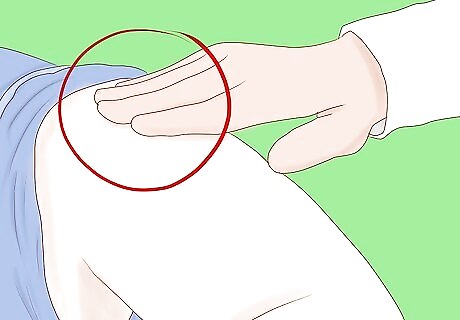
Develop all three heads of the deltoid muscle. The deltoid (shoulder) muscle comprises three sections: the anterior (front) head, the lateral (middle/medial) head, and the posterior (rear) head. Try to build muscle in each of these areas in order to balance out your shoulders. The wider and thicker your shoulders are, the more impressive they will appear.
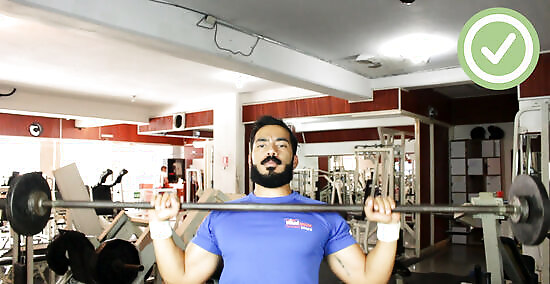
Create a diverse exercise routine. Pick four or five workouts that variably focus on your anterior, lateral, and posterior deltoids. Change up the exercises fairly frequently so that you don't get into a rut. For maximum gain, be sure to combine heavy sets with brief rest times. Switch up your repetition ranges. Some days, try to overload your deltoids with a heavy set of low reps. Other days, perform high rep sets with a slightly lower weight.



















Comments
0 comment